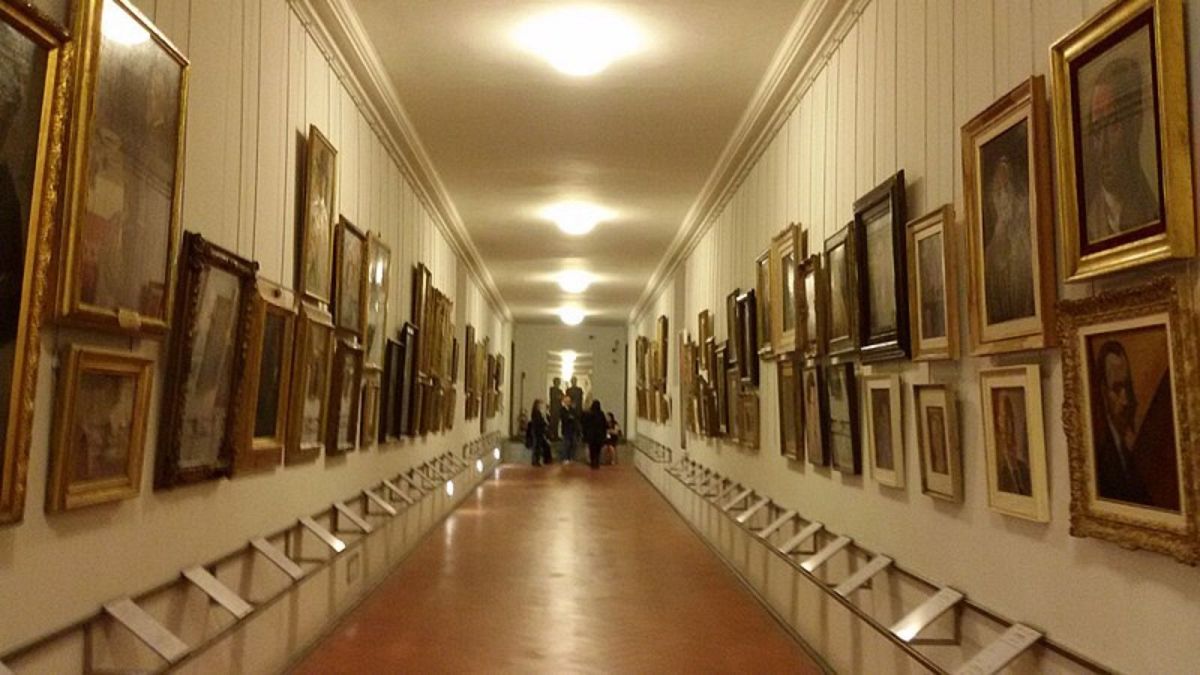For those who don't know what they are, cheese crystals can be a pretty disconcerting sight. This is when the exterior of your supposedly well-aged cheddar cheese is coated with a layer of strange, white powder. Then, when you carve into it, there are "pockets" of hard, crumbly crystal-like bits within.
All the signs are pointing to your cheese being moldy...
or are they? We have some good news! Not only are these flecks — affectionately called "cheese crystals" by cheesemongers — safe to eat, but they're also a sign that your cheese is first-rate. Cheese crystals form naturally as the cheese ages, both inside and on the surface. When it's first made, the cheese curds are full of tightly bound proteins and fats.
Over time, these bonds break down, separating the components and creating these crunchy little treasures. The texture is just a bonus to these crystals, however. Because it takes a lot of time for these crystals to form, the sight of them inside or outside of the cheese is evidence that it has undergone a proper aging process.
That's why cheese connoisseurs will actively seek these crystals out — they're a quality stamp straight from nature! The two types of cheese crystals Cheese crystals come in two fascinating varieties. The first type appears as a delicate, white haze on the cheese's surface. These are calcium lactate crystals, born from the union of calcium in dairy and lactic acid produced during fermentation.
Soft and powdery, they create those intriguing.



















